Remembering Pearl Harbor
December is here at The Storage Inn of Egg Harbor Township New Jersey – The Thanksgiving leftovers are gone, and the kids are now waiting for Santa!
The holidays are a busy time at our self storage facility. Storage customers shuttle in and out from their storage units, retrieving holiday decorations, and hiding gifts for the big day.
One of our wonderful customers, Jodi, stopped in today. Jody is stationed at our local Air Force Base, and reminded me that there is one other very important date that tends to get lost in the shuffle between Thanksgiving and Christmas. A Day which will live in Infamy.
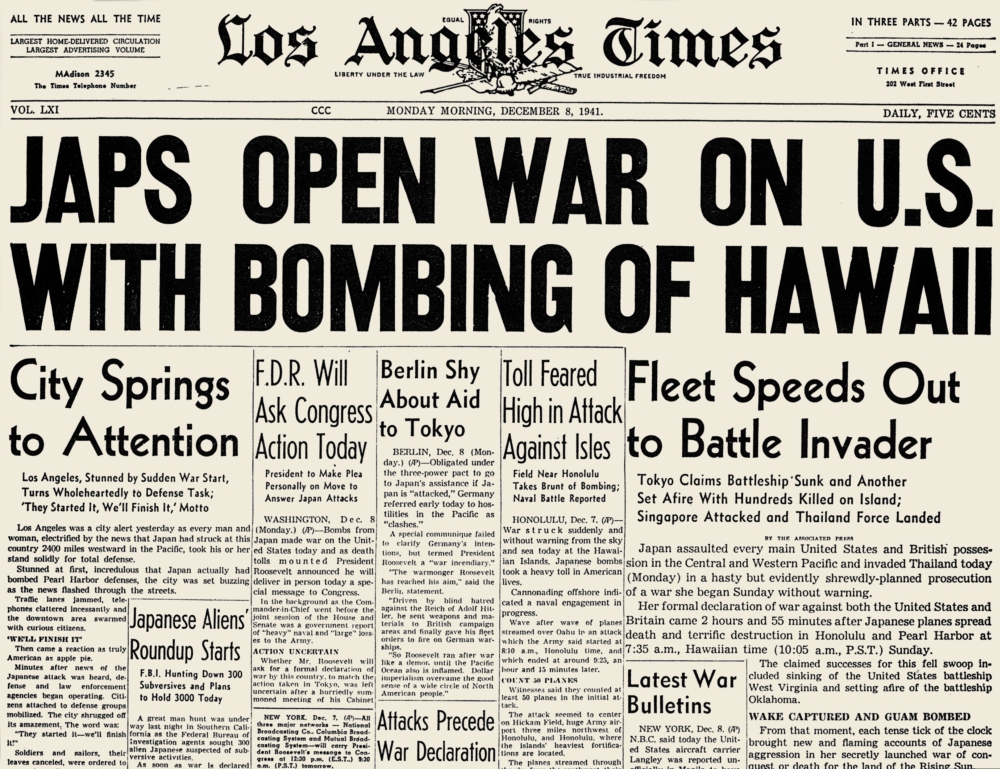
PEARL HARBOR HEADLINE 1941.
The front page of the Los Angeles Times, 8 December 1941, announcing the Japanese attack on Pearl Harbor the previous day.
The attack on Pearl Harbor, Hawaii stunned everyone in the United States. War was declared on Japan the very next day, leading to America entering World War II.
Here are a few things you might not know about the attack that both started and in a certain sense ended a war.
Prepping for Battle
Planning for the attack began in early 1941. The Japanese adapted equipment and gathered intelligence. The plan was approved on November 5, 1941.
The goal of the attack was to demoralize America so that they would give in to Japanese interests. Unfortunately, they vastly underestimated America’s ability to recover and mobilize for war.
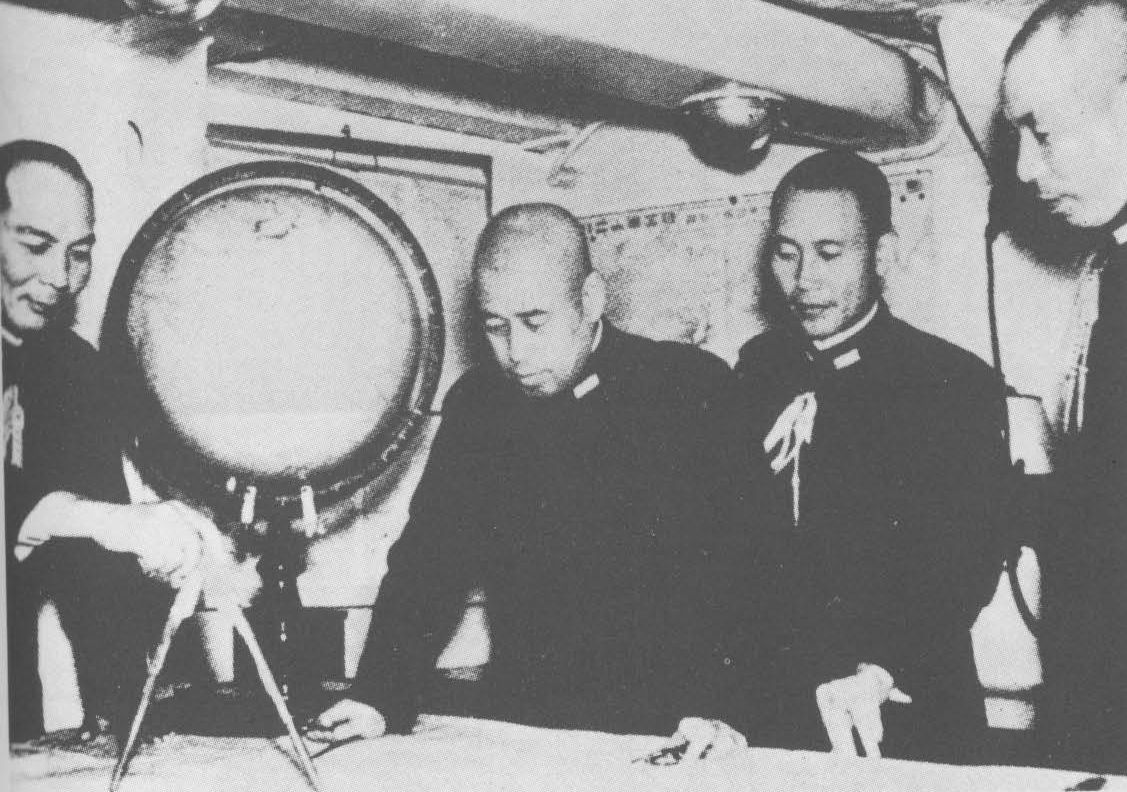
Weekend Warriors
The attack on Pearl Harbor was on a Sunday. The Japanese specifically chose to attack on a Sunday because they thought the Americans would be more relaxed and less vigilant on a weekend.
When the attack began, most of the U.S. servicemen were still in their pajamas or eating breakfast.
Hiding in Plain Sight
The Japanese attack force, consisting of six aircraft carriers, stationed itself 230 miles north of the Hawaiian island of Oahu. The attack lasted 110 minutes from 7:55 a.m until 9:45 a.m.
Waves of Destruction
The Japanese aircraft attacked in two waves, launching approximately 45 minutes apart. 353 planes were launched by the Japanese. Only 29 were destroyed.
U.S. servicemen identified the planes as Japanese because of the “meatballs,” which is what they called the large, red circle (Rising Sun) on the side of Japanese aircraft.
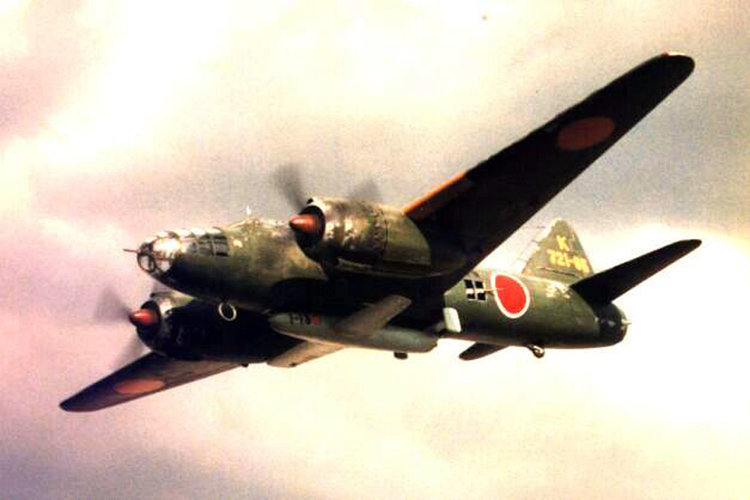
Lightning Strikes
Japanese Commander Mitsuo Fuchida called out “Tora! Tora! Tora!” an abbreviation of “totsugeki raigeki” (突 撃雷撃) which means “lightning attack”, signifying to the Japanese Navy that they had successfully caught the Americans by surprise.
Poor Planning
The primary intended target of the attack were the United States aircraft carriers, which fortunately were not stationed at the base.
While the Japanese attacked the ships at the Pearl Harbor Naval Base and the airplanes at Hickam field, they left the repair facilities, submarine base, and fuel oil storage areas unharmed.
There had been a planned third strike to return and destroy those facilities. However, a third strike would have required a night landing, which was deemed too risky. Yamamoto later regretted not ordering the third strike.
Bombs and Battleships
All eight battleships that were at Pearl Harbor were sunk or damaged during the attack. Amazingly, all but the Arizona and the Oklahoma were able to return to active duty. That’s what they get for not destroying the repair facilities.
After it was torpedoed, the Oklahoma turned upside down. The Arizona exploded after a bomb breached its forward magazine (i.e. the ammunition room), resulting in the deaths of 1,100 U.S servicemen who were on board, accounting for nearly half of all American fatalities.
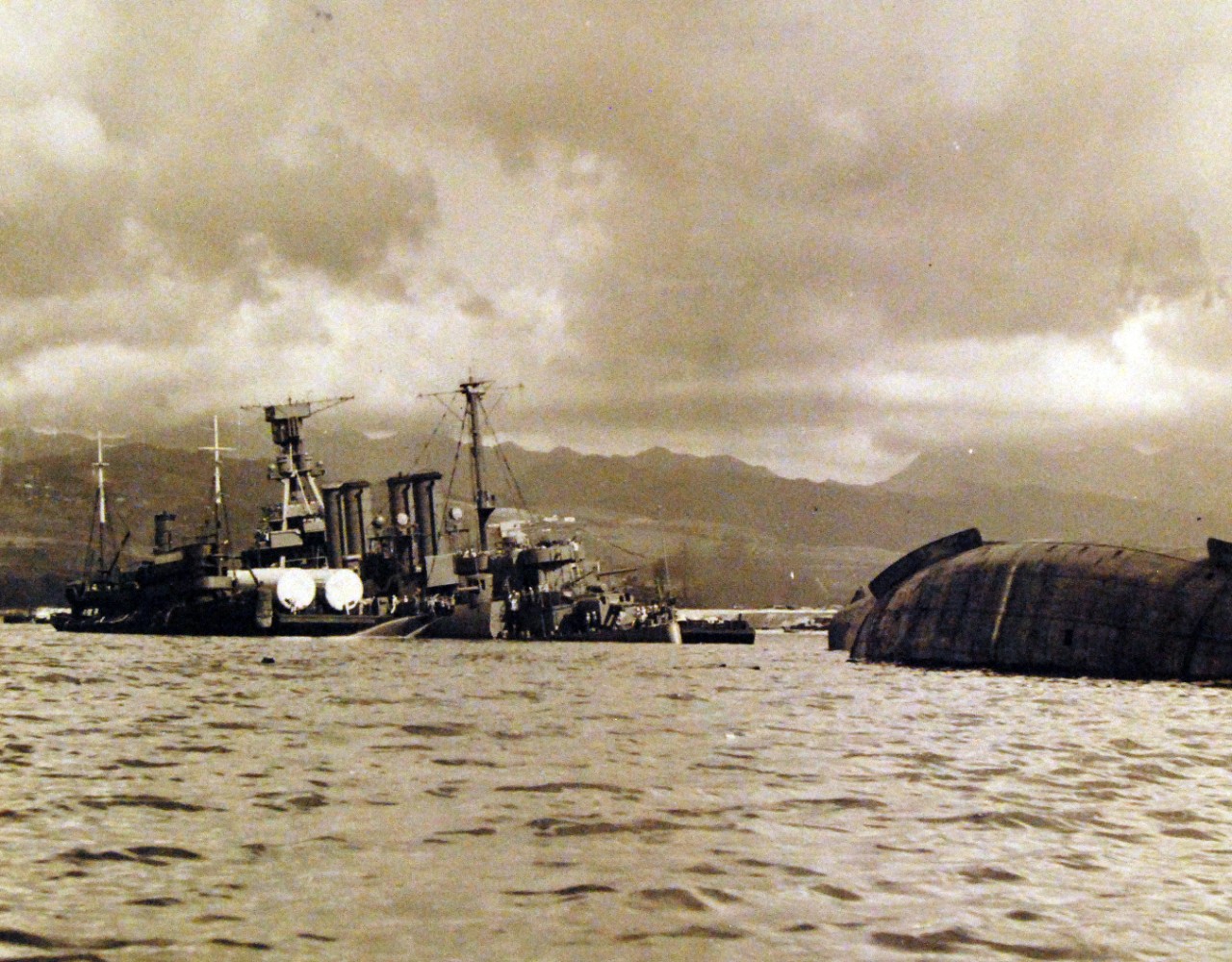
Run For It !
During the attack, the Nevada left its berth and attempted to make it to the harbor entrance, but came under such heavy fire that it ended up beaching itself to avoid blocking the way out.
Mini Subs
As additional support for their airplanes, the Japanese also sent five mini subs to help target the battleships.
The Americans destroyed four of them and captured the fifth. Because of a broken compass, they ended up hitting a reef three times and had to abandon ship after it ran aground.
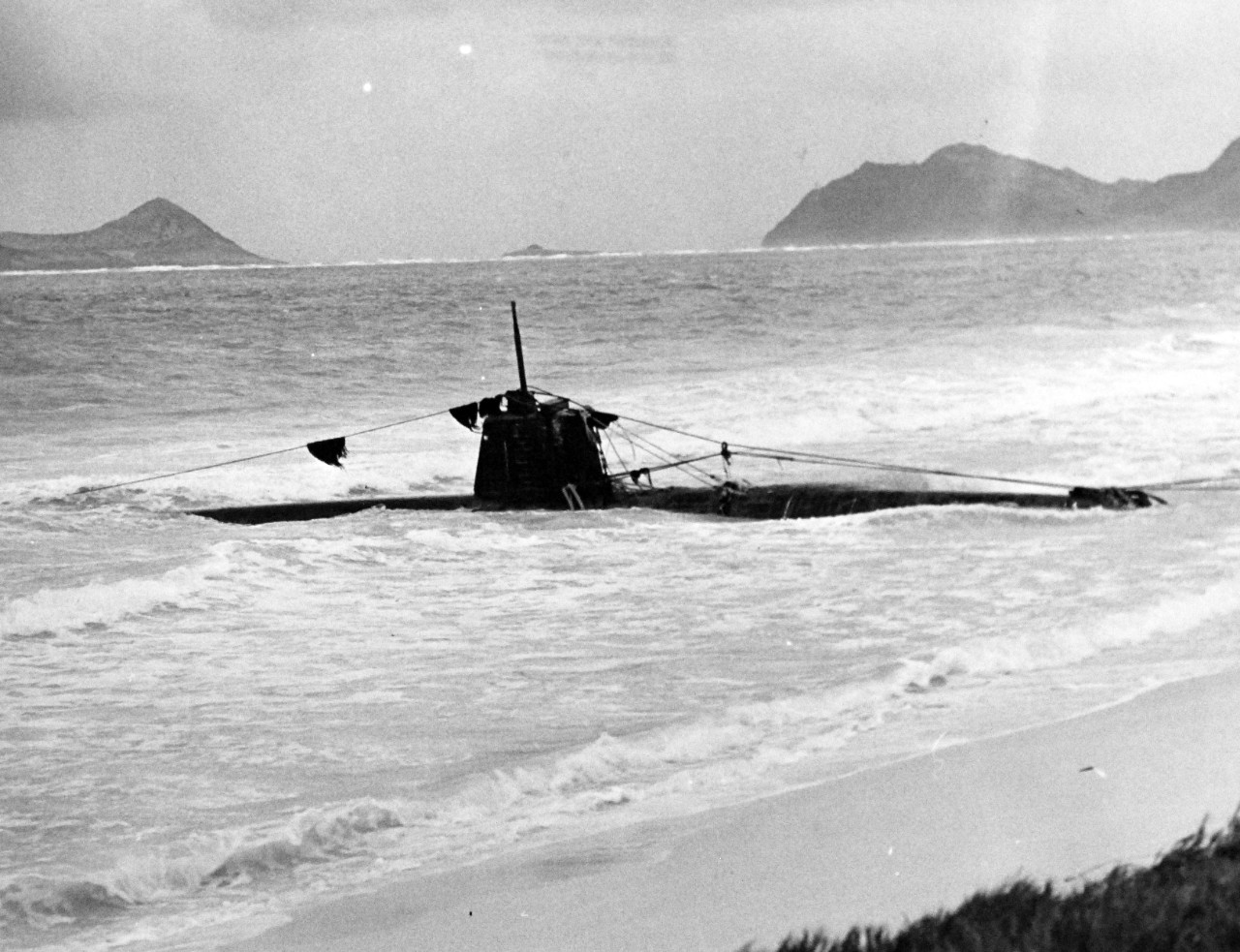
The Price of Miscalculation
The attack was unexpected, as many military experts believed that the Japanese would first target U.S. bases in the Philippines and had drastically underestimated the Japanese Navy, thinking they could not mount more than one naval operation at a time.
Infamous Date
In the wake of the attack, Franklin D. Roosevelt gave his famous speech to Congress describing the events as the “date that will live in infamy.” The speech originally read, “a day that will live on in world history.” Roosevelt changed it at the last minute to “infamy”.
Won the Battle – Lost the War
Japanese Admiral Hara Tadaichi summed up the operation by saying, “We won a great tactical victory at Pearl Harbor and thereby lost the war.” As a direct consequence of Pearl Harbor, the Japanese cities of Hiroshima and Nagasaki were destroyed by atomic bombs, ending the war in 1945.
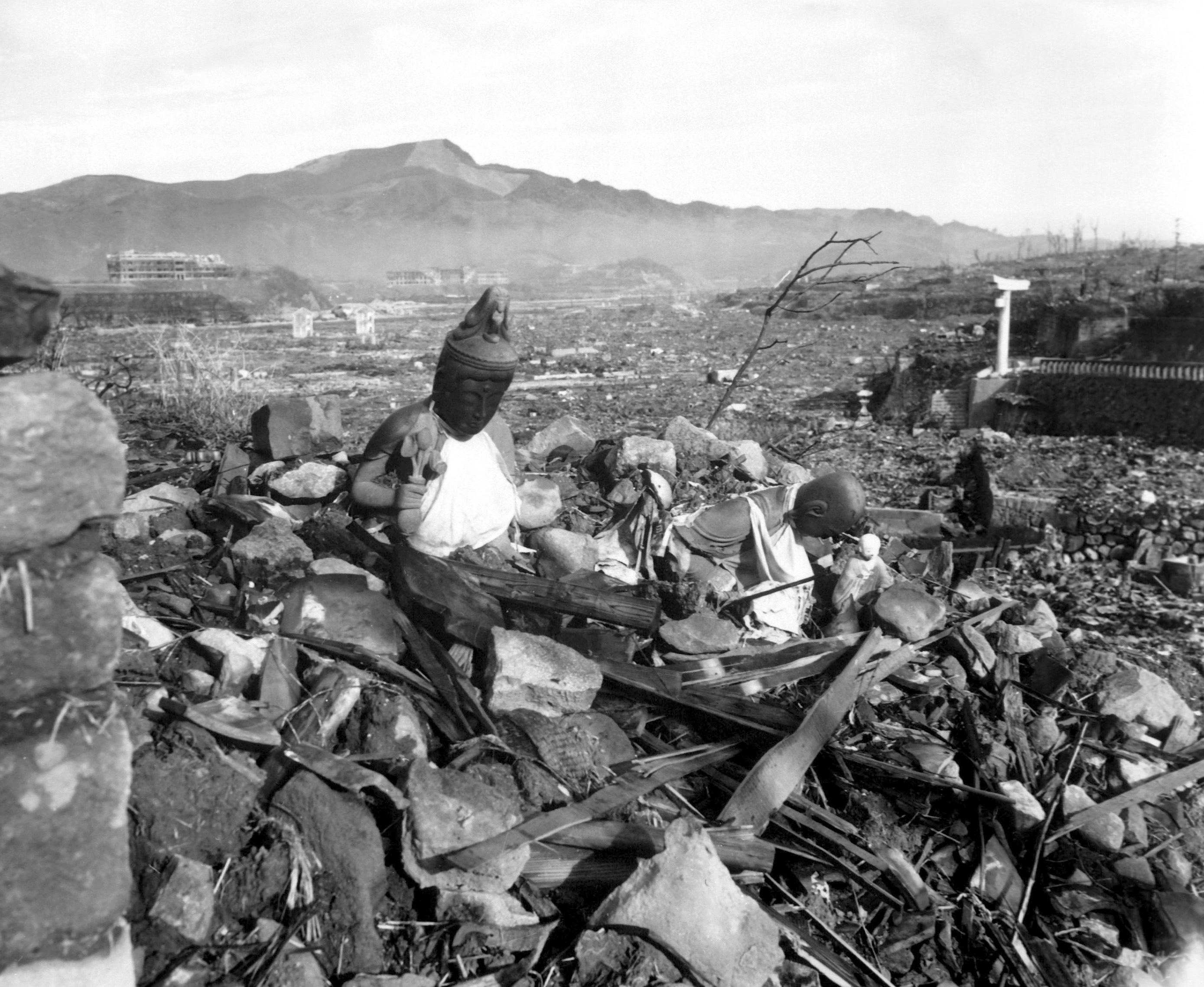
Failed Delivery
Admiral Yamamoto allegedly wanted the attack to occur a half hour after a formal declaration of war, but the 5,000 word notification delivered to the Japanese Embassy in Washington took so long to process, that the Japanese ambassador failed to deliver it in time.
Because there was no official warning or declaration of war, the attack on Pearl Harbor was later deemed to be a war crime by an international military tribunal.
A Moment of Reflection on December 7th
The attack on Pearl Harbor shook the world, so on December 7th, take a momentary time out from your holiday festivities to remember those who made the ultimate sacrifice.

